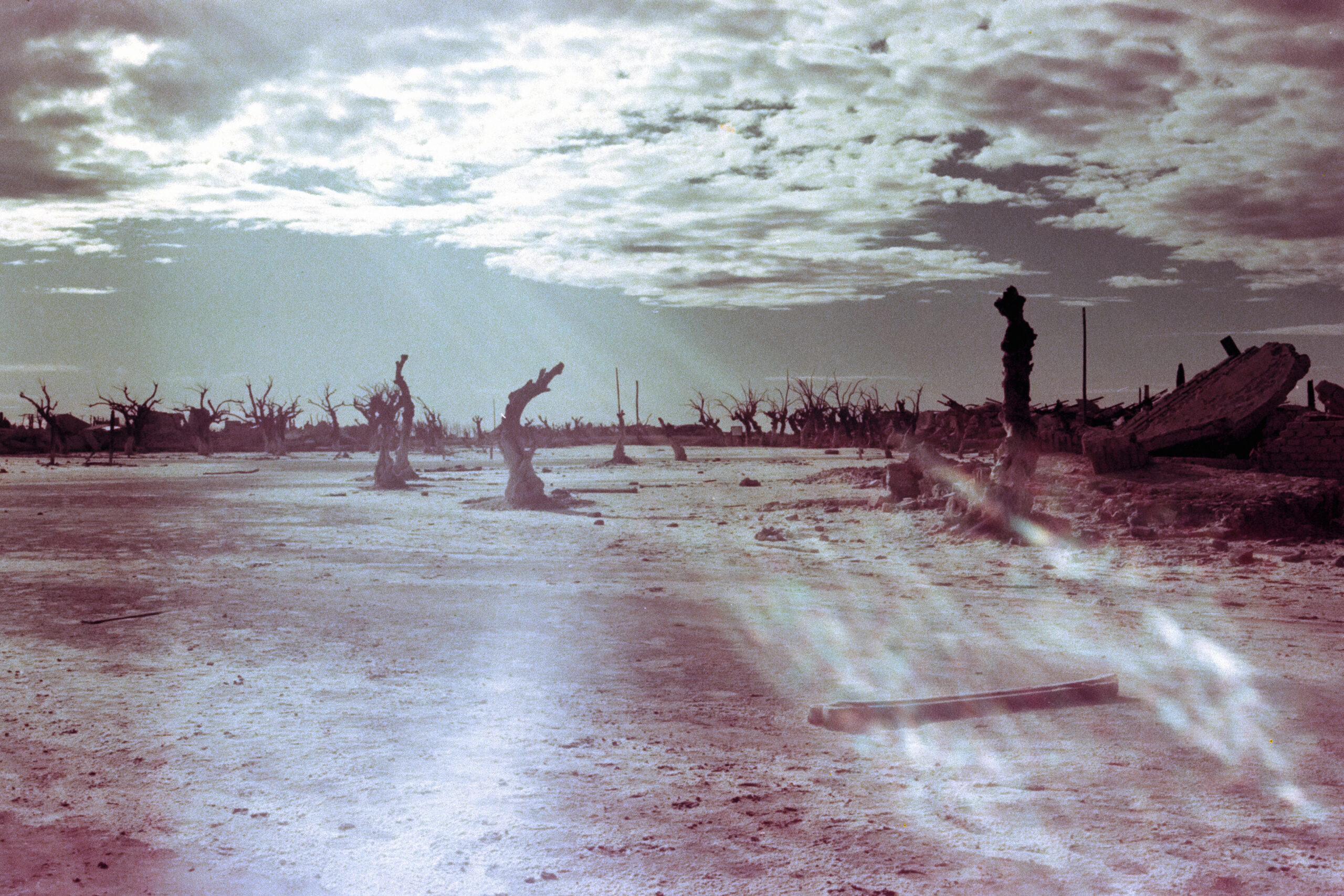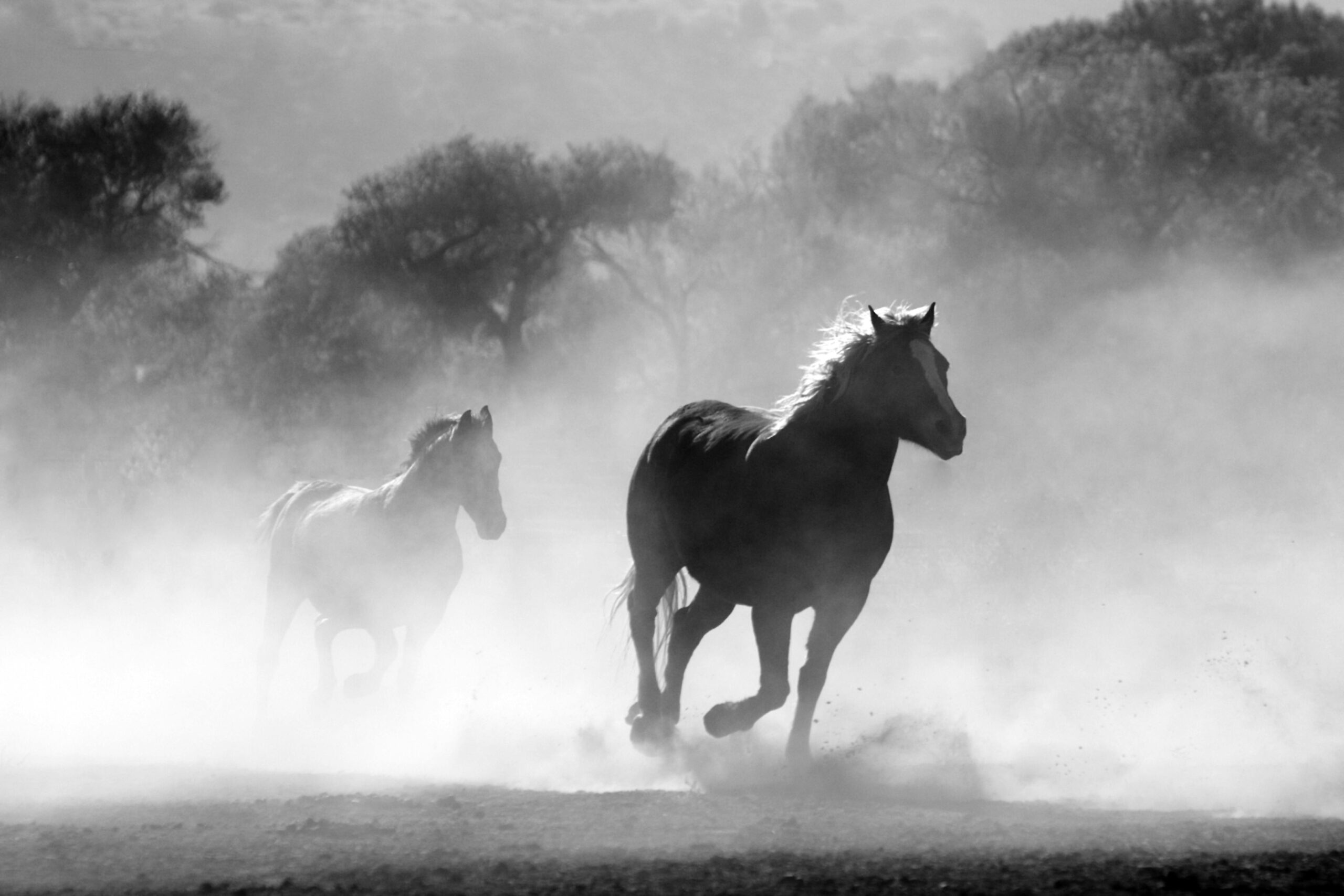Although I usually use this column to highlight exemplary writing about place, this month I’d like to bring attention to some of the many beautiful photo essays I’ve stumbled across in the past few months. With the popularity of slide shows on the web, it’s easy to take extraordinary photography for granted, but every once in a while, when I stop to think about what I am able witness on my laptop screen, I am blown away. An extreme example is Slate’s recent round-up of the year’s best images in astronomy. Here you’ll find photos from the Mars Reconnaissance Orbiter interspersed with earth-bound shots of the Northern Lights.
Another dramatic series of photos of the heavens can be found at National Geographic, where epic storms—tornados, hurricanes, and thunderstorms—are captured in stunning black-and-white.
For a more humble view of life on earth, I was charmed by Julian Hoffman’s (a recent contributor to Dispatches) essay about the shores of Greece’s Prespa Lakes at Earthlines Review. With just a handful of snapshots, Hoffman illustrates the ordinary, unheralded beauty of a clutch of feathers, an empty field, or an animal’s tracks left behind in the snow.
While we’re on the subject of Greece, I was fascinated by The New York TimesMagazine’s portrait gallery of the residents of Ikaria, an island in the Aegean Sea where people live exceptionally long lives—or, as the accompanying article is evocatively titled, “the island where people forget to die.”
Also at The New York Times is “Snowfall,” an already much-praised article, photo essay, and video about sixteen skiers and snowboarders who were caught in an avalanche at Tunnel Creek, a ski trail in Washington’s Cascade Range. The article reminded of another photo essay I read, earlier this fall, at Orion, about the mountain village of Santiago Mitlatongo, Mexico, which suffers from extreme erosion and, as a result, has begun to slide down the mountain, like a very slow-moving avalanche, at a rate of about a yard a day.
Finally, on a lighter note, Scouting New York, the blog of a film location scout based in New York City, ran a two-part series highlighting the real-life locations for Woody Allen’s iconic film Annie Hall. As someone who watches Annie Hall at least once a year, it was interesting to see how different some of the film’s locations looked almost 35 years after the movie was made. And, I have to ask, is there going to be a Manhattan follow-up?
Hannah Gersen is the Dispatches Editor for The Common.
Photo from Flickr Creative Commons



